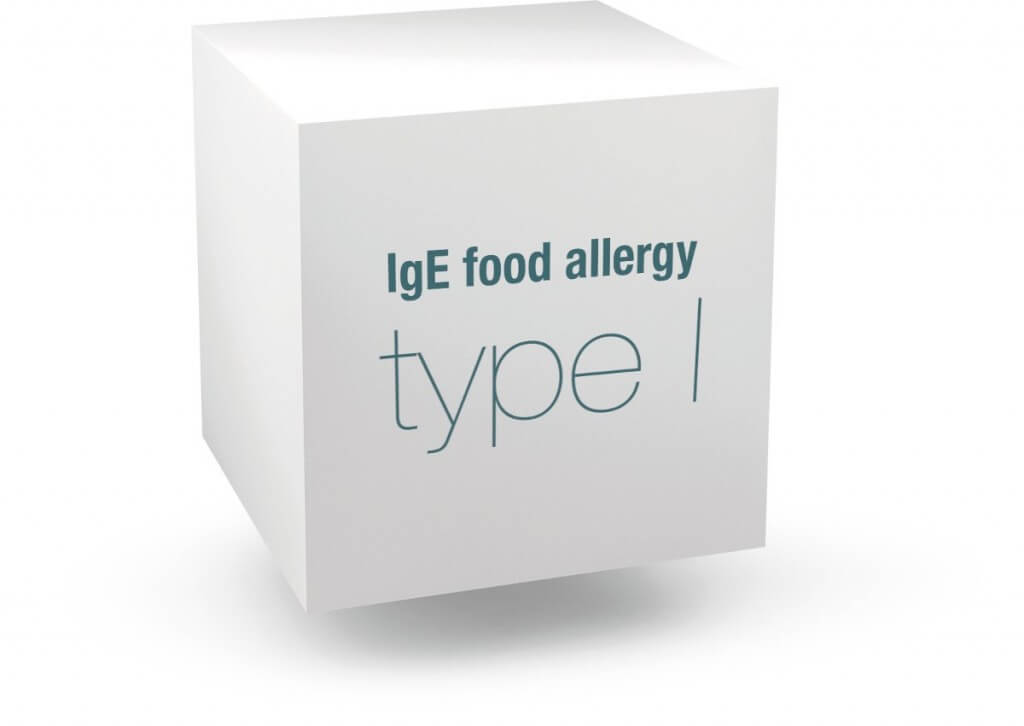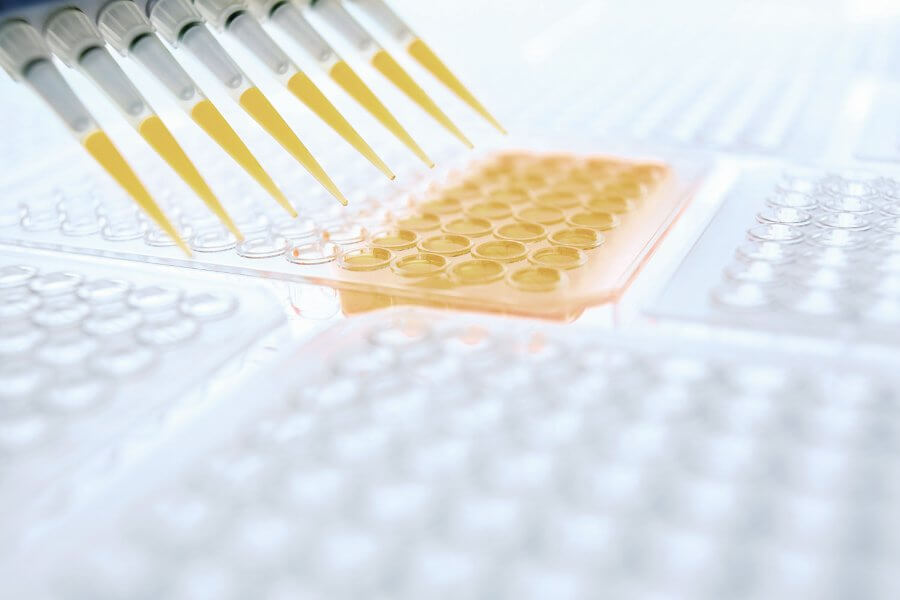Could IgG food allergy testing from ImuPro be an option for you?
Check it out
IgE and IgG Food Allergies: The Difference
What are the differences between IgE food allergies and delayed IgG food allergies?
Multiple reasons contribute to the fact that both classic IgE food allergy (type I) and delayed IgG food allergy (type III), which is also known as food intolerance, cause problems in the body. Both of them impact the immune system. However, the effects of this differs from person to person.
Classic IgE Food Allergy
If a person is inflicted with classic type I allergy, their immune system produces IgE antibodies (immune globulins of subclass E), which cause an immediate allergic reaction. The symptoms occur instantly and include itching, rashes, swelling, breathing difficulty or even an anaphylactic shock. This helps identify the food that caused the allergy instantly.
While blood tests are not necessary for this type of allergy, IgE tests can be performed to confirm the problem and its source. The test of ImuPro does not detect type I food allergies.

Delayed IgG Food Allergy
In this type of allergy, certain foods produce IgG antibodies with immune globulins of the subclass G, which lead to an inflammatory process in the stomach. Here, the person can experience the symptoms starting from three hours to three days after consuming the trigger food. In this case, identifying the trigger food is not very easy due to the delayed symptoms. However, a person can localise and try to identify the suspects through an IgG test.
After the test, we counsel our patients to help them avoid the trigger foods and offer them alternatives for the same. For example, if someone is allergic to milk, they can go for oat or almond milk. Also, after a certain period, the person can start taking the allergic food through the provocation phase.

Related Links
Learn about the ImuPro concept: IgG food allergy testing and nutritional guidance.
More InformationWhat is a delayed IgG food allergy and how does it develop?
Read more


